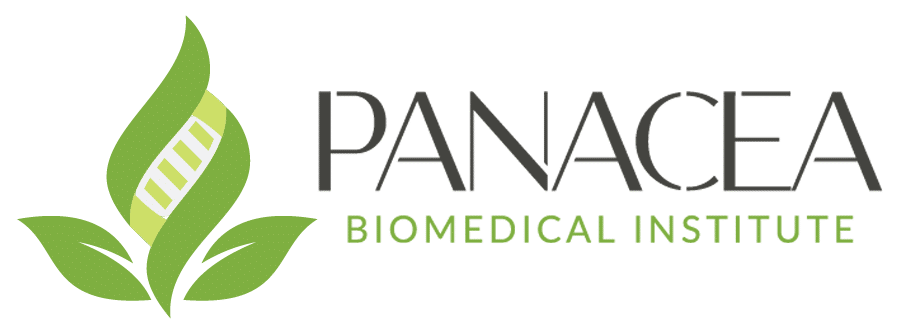Platelet-Rich Plasma (PRP) therapy is a medical treatment that uses a concentrated form of a patient’s own blood to stimulate healing and tissue regeneration. Here’s an overview of PRP therapy:
Procedure: PRP therapy involves collecting a small sample of the patient’s blood, typically from their arm. The blood is then processed in a centrifuge to separate the platelets from other blood components. The resulting platelet-rich plasma is then injected back into the patient’s body at the site of injury or damage.
Benefits: PRP therapy is believed to promote tissue repair and regeneration by releasing growth factors and other bioactive proteins present in the platelets. It may accelerate healing, reduce inflammation, and improve overall tissue health. PRP has been used in various medical fields, including orthopedics, sports medicine, dermatology, and dentistry.
Conditions Treated: PRP therapy is commonly used to treat musculoskeletal injuries and conditions such as tendonitis, ligament injuries, muscle strains, and osteoarthritis. It has also been used in aesthetic procedures for skin rejuvenation and hair restoration.
PRP is nonallergenic because it’s considered an autologous physiological product and therefore eliminates donor transmissible infections.
At Panacea Biomedical Institute, PRP is used to aid with the following:
- Musculoskeletal Injuries: sprains, tears, and sprains, arthritis
- Hair loss
- Facial Injections (acne, scarring, hyperpigmentation, wrinkling)
- Adjuvant to Microneedling
- Vaginal Rejuvenation: restore atrophied tissue, aid with incontinence, improve arousal and orgasm
- Erectile Dysfunction
Contraindications to PRP: sepsis, cancer, chemotherapy, platelet dysfunction syndrome, critical thrombocytopenia, hypofibrinogenemia, hemodynamic instability, anticoagulation therapy, acute and chronic infections, chronic pathological conditions of the liver, severe metabolic and systemic disorders, and skin disease (systemic lupus erythematosus, porphyria, and allergies), as well as heavy nicotine, drug, and alcohol consumption.
Side Effects: PRP therapy is generally considered safe, as it uses the patient’s own blood, reducing the risk of allergic reactions or transmission of infectious diseases. However, like any medical procedure, there are potential risks, including pain, bruising, infection, and tissue damage at the injection site. These risks are typically minimal and can be mitigated by choosing a qualified healthcare provider and following proper injection techniques.
Pain: The level of discomfort experienced during PRP injections can vary depending on the individual’s pain tolerance and the location of the injection. Some patients may experience mild discomfort or a sensation of pressure during the procedure, while others may find it more painful. Local anesthesia or numbing agents may be used to minimize discomfort during the injection process.
Results: Each patient response to PRP applications is different. Patient age, nutritional status, hormonal balance, and smoking status contribute to the quality of PRP. In the case of musculoskeletal complaints, advanced damage or very old injuries are more difficult to address with PRP alone and may require other modalities. Clinical experience shows a course of 3 treatments, spread 2-3 weeks apart is yields good results.
Overall, PRP therapy offers a promising option for promoting healing and tissue regeneration in various medical conditions. However, it’s essential to consult with a qualified healthcare provider to determine if PRP therapy is appropriate for your specific condition and to discuss potential benefits, risks, and treatment options.
